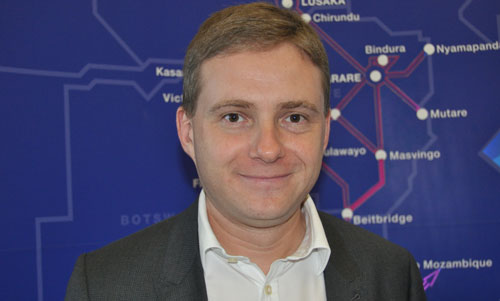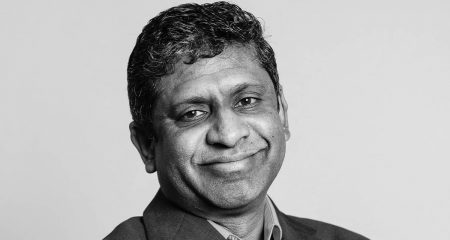
A project to crisscross Southern Africa with high-speed fibre-optic telecommunications infrastructure is gathering pace with news that London-headquartered Liquid Telecom has completed the first phase of a network in Zambia.
Phase one of the network involves a fibre link between the capital city, Lusaka, and the Zambian copper belt. Phase two, which will go live by the end of the year, connects the towns of Chirundu, Ndola, Kabwe, Chingola and Chiliabombwe.
Liquid Telecom is controlled by Econet Wireless, the mobile telecoms company founded by Zimbabwe’s Strive Masiyiwa. CEO Nic Rudnick says the company has built about 8 500km of fibre across the region, linking countries such as SA, Lesotho, Zimbabwe, Botswana and Zambia. It will soon be extended to the Democratic Republic of Congo, Rudnick tells TechCentral.
The company has invested US$170m in the fibre network, with funding from shareholders and through debt raised from banks and through vendor financing.
Rudnick says the Southern African region, outside SA, is virtually virgin territory for fibre operators. Demand for high-speed transmission capacity is coming from mobile operators and enterprise customers, including banks that are expanding in the region.
“Where there is fibre, it tends to have been installed on an as-and-when-needed basis rather than as part of a coordinated network construction project,” he says. “We haven’t seen anyone building the size or quality of our network that crosses the region as a whole.”
But Rudnick admits it’s tough going, especially when it comes to laying fibre networks across national borders. “In SA, it’s taken two-and-a-half years to get certain regulatory approvals,” he says. “Cross-border approvals are also extremely difficult because you need coordination and approval of multiple agencies in both countries and it’s extremely time consuming.”
He adds that there are “no clear guidelines as to how it should be done at all”.
“You could find yourself attempting to get approvals for several months only to be told you have to speak to somebody else. Even within a border post, different pieces of land are controlled by different government departments.”
There’s a “lot of goodwill and intent for these kinds of things to be built but when it comes to getting basics for approval that enthusiasm gets lost in the process”.
Liquid Telecom, which connects to the Seacom and Sat-3 undersea cables and which will soon extend its international access to the East Africa Submarine System (Eassy) and the West African Cable System (Wacs), is focusing most of its efforts on Southern African countries outside SA. However, Rudnick says the company will build additional capacity in SA, but only where it needs to do so on “pricing or quality grounds”.
“We don’t intend to reinvent the wheel where fibre already exists, so I doubt we’ll build anywhere south of Johannesburg,” he says. “North of Johannesburg we see a greater need to build out capacity.” — Duncan McLeod, TechCentral
- Subscribe to our free daily newsletter
- Follow us on Twitter or on Facebook
- Visit our sister website, SportsCentral (still in beta)




